Your Guide to a Killer Moon Garden (Even on a Budget)
I’ve spent more years than I can count designing and planting gardens, mostly under the hot sun, working with soil, stone, and a whole lot of plants. But you know when the real test comes? It’s after the tools are put away and I swing by a finished project right at dusk. That’s when the light gets soft, the day’s heat finally backs off, and you see if the garden truly works. You see if it’s a place someone actually wants to be after their own long day.
In this article
So many of us miss the best part of our gardens. We’re at work when the roses are at their peak or when the sun is shining brightest. A moon garden is the perfect answer to this. It’s a garden designed specifically for you to enjoy in the evening hours, after the day is done. And it’s not magic; it’s just smart planning. We use plants with pale flowers that practically glow in the moonlight, silvery foliage that shimmers, and—most importantly—flowers that save their best fragrance for after sunset. This guide is all about sharing the principles and plants I’ve used for years to create these incredible nighttime spaces.
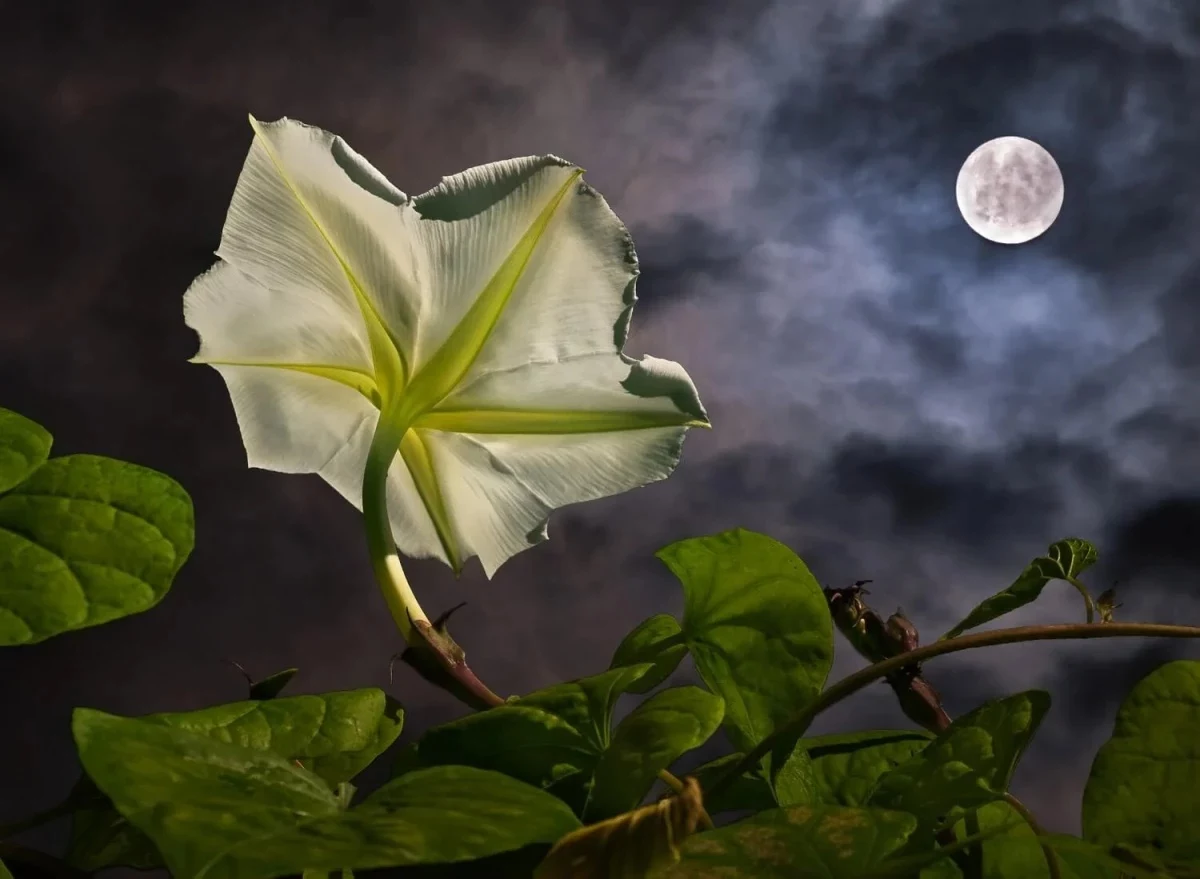
Why a Night Garden Actually Works
To pull this off, it really helps to know why some plants put on a show after dark. Honestly, it’s not some random quirk of nature. It’s a fantastic story of evolution and chemistry that has helped me make much better design choices over the years.
First off, it all comes down to pollination. Daytime plants use bright colors to attract bees and butterflies. But night-blooming plants are catering to a different crowd entirely: nocturnal pollinators like moths and, in some places, even bats. These creatures navigate by scent and see best in low light. So, the plants adapted. They produce big, white, or pale-colored flowers that stand out like landing strips in the dark.
And that fragrance? That’s the other key. The incredible scent from night-bloomers is a powerful chemical signal. The plants time the release of these fragrant compounds for the evening, creating a long-distance invitation that travels on the air currents. It’s a powerful call to hawk moths and other night flyers.
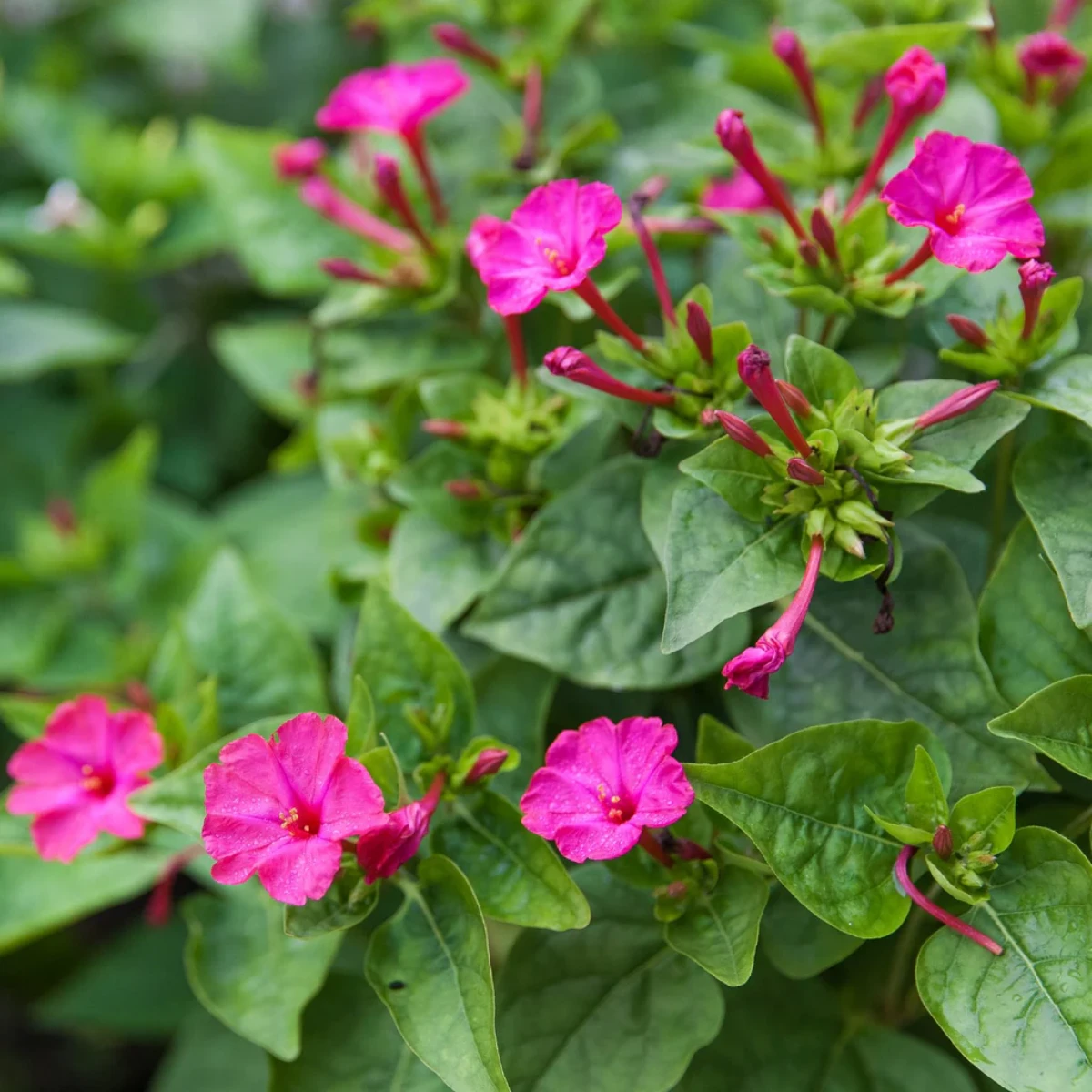
Finally, there’s the simple physics of how our eyes work. We have two types of light-receptor cells: cones for color in bright light, and rods for vision in low light. Rods are terrible with color but amazing at picking up light and dark contrast. This is exactly why a moon garden is so effective. The pale flowers and silver leaves reflect the absolute maximum amount of any available light, whether it’s from the moon or a distant streetlamp. Our rods pick up this contrast, making the plants seem to glow. We’re literally designing for how our eyes work in the dark.
Core Design Principles for a Great Night Garden
A successful night garden is way more than just a random list of plants. It’s a thoughtfully planned space. I’ve learned that where you put things and how you structure them is just as crucial as the flowers themselves.
Strategic Placement Is Everything
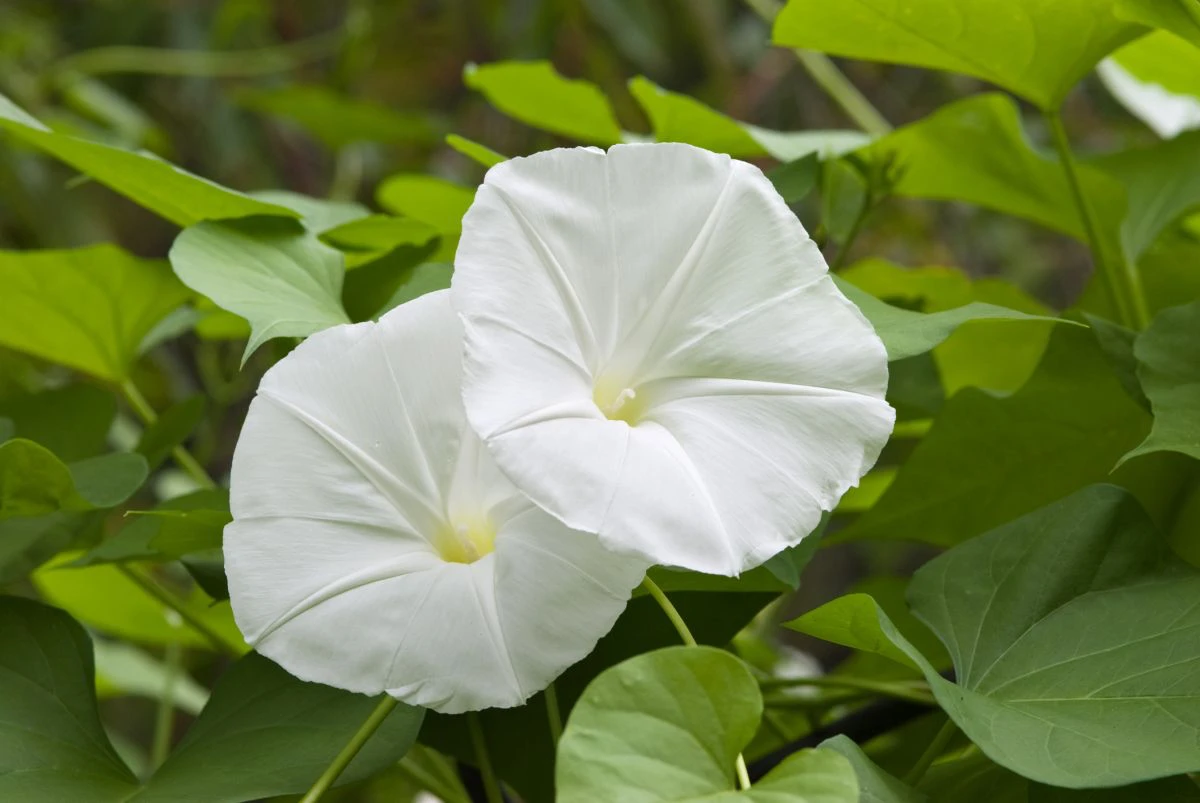
This sounds obvious, but it’s the most common mistake I see. Position your night garden where you’ll actually experience it! Put those fragrant plants right next to your patio, deck, or a doorway you use often. A garden you can’t see or smell from where you relax is a completely wasted effort. I often design them to be viewed from a specific window, like a living room or bedroom, so they can be enjoyed even from indoors.
Layering for a Richer Look
A flat, one-dimensional design is just plain boring. I always build night gardens in layers, just like any other flower bed, to create depth and interest, even in dim light.
- The Backdrop: Start with a dark background. A fence, a wall, or a row of deep green shrubs will make the pale flowers in front of it really pop. This is the perfect spot for climbers like Moonflower or Night-Blooming Jasmine on a sturdy trellis.
- The Mid-ground: This is for your medium-height, eye-level plants when you’re sitting down. Think Evening Primrose or Four O’Clocks. They fill out the middle and bring the blooms closer.
- The Foreground: Along the edges of your path or patio, use low-growing, mounding plants. Sweet Alyssum or Night Phlox are perfect here. They soften the hard edges and bring that sweet fragrance right to you.
Don’t Forget the Foliage
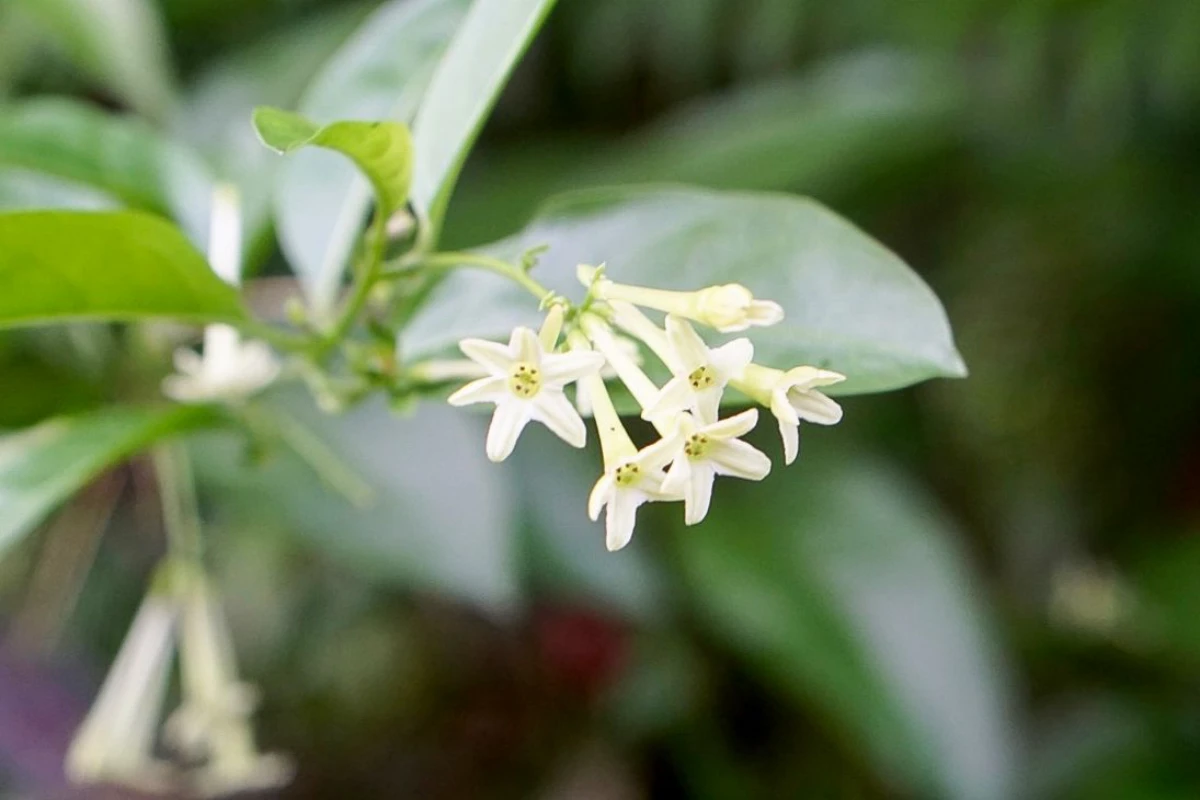
Flowers come and go, but foliage provides structure all season long. In a moon garden, it’s a star player. I lean heavily on plants with silver or variegated leaves. They catch any bit of light and provide a constant, beautiful shimmer. Great choices include Lamb’s Ear, with its fuzzy, silver-felt leaves, or different types of Artemisia, like ‘Silver Mound’. These guys are the reliable backbone of the design.
A Touch of Sound and Reflection
To really amp up the peaceful vibe, add a little sound. A small, self-contained fountain or a bubbler adds a gentle trickling that can help mask traffic or neighborhood noise. Plus, the surface of the water gives you another plane to reflect moonlight and any subtle lighting you add.
Using Artificial Light the Smart Way
Sometimes, the moon just isn’t enough. This is where a little low-voltage landscape lighting can be a game-changer. The key word here is subtle. Stay away from harsh floodlights that blast the yard and ruin your night vision. Instead, go for soft, warm-toned LED uplights. You can find solar-powered stake lights that are incredibly easy to install and affordable—a pack of four usually runs between $25 and $40 at home improvement stores. Aim one up through the silvery leaves of an Artemisia, or highlight the interesting bark on a tree. The goal is soft pools of light and shadow, not a stadium.
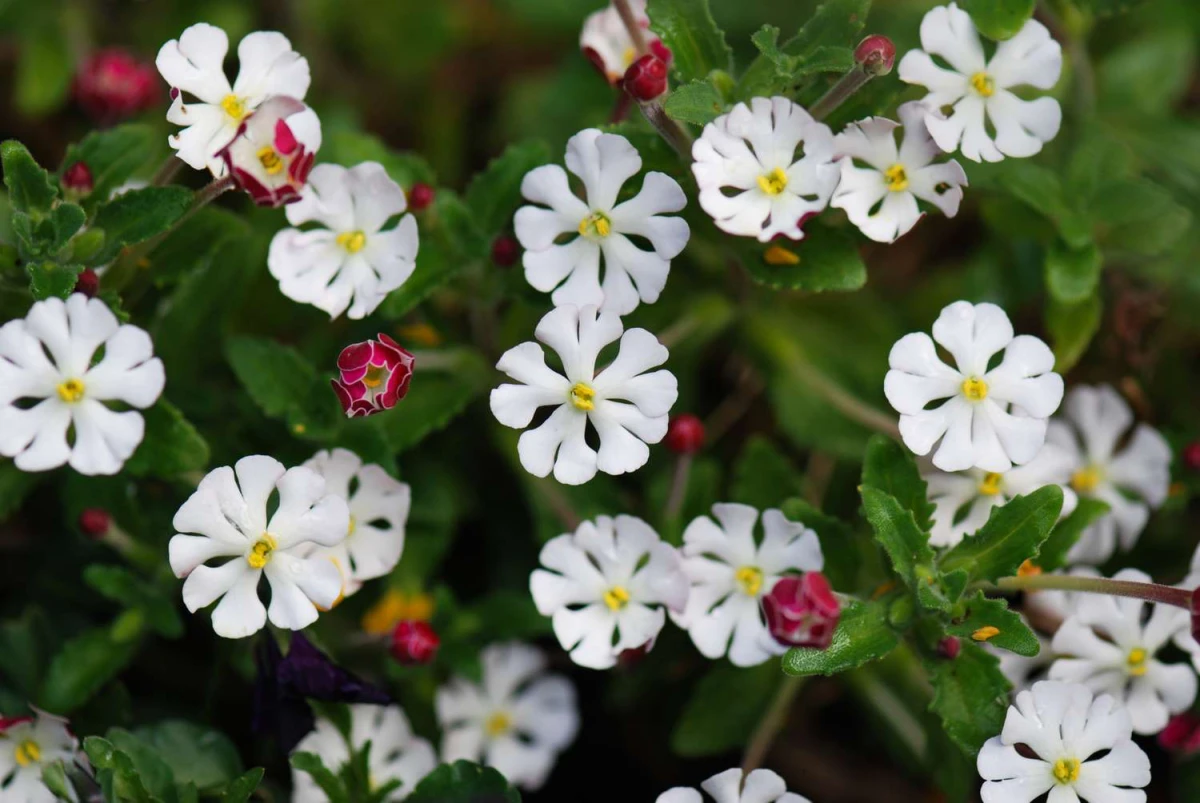
Want to Try This Weekend? Your First Patio Moon Garden
Feeling a little overwhelmed? Don’t be. You can get a taste of this whole concept with a simple container garden. It’s a perfect weekend project that won’t break the bank.
Here’s your shopping list:
- One large pot (at least 18-24 inches wide): $20 – $50
- One large bag of quality potting soil: about $10 – $15
- One pack of Moonflower seeds: around $4
- One starter Flowering Tobacco plant: usually about $5 – $8
- (Optional) A few Sweet Alyssum plants for the base: $5 for a small pack
For under $75, you can have a gorgeous, fragrant mini moon garden right on your patio. Just fill the pot with soil, plant the Flowering Tobacco in the middle, plant the Moonflower seeds near the edge with a small stake or trellis to climb, and tuck the Alyssum around the base. Water it in, and you’re done! It’s that easy.
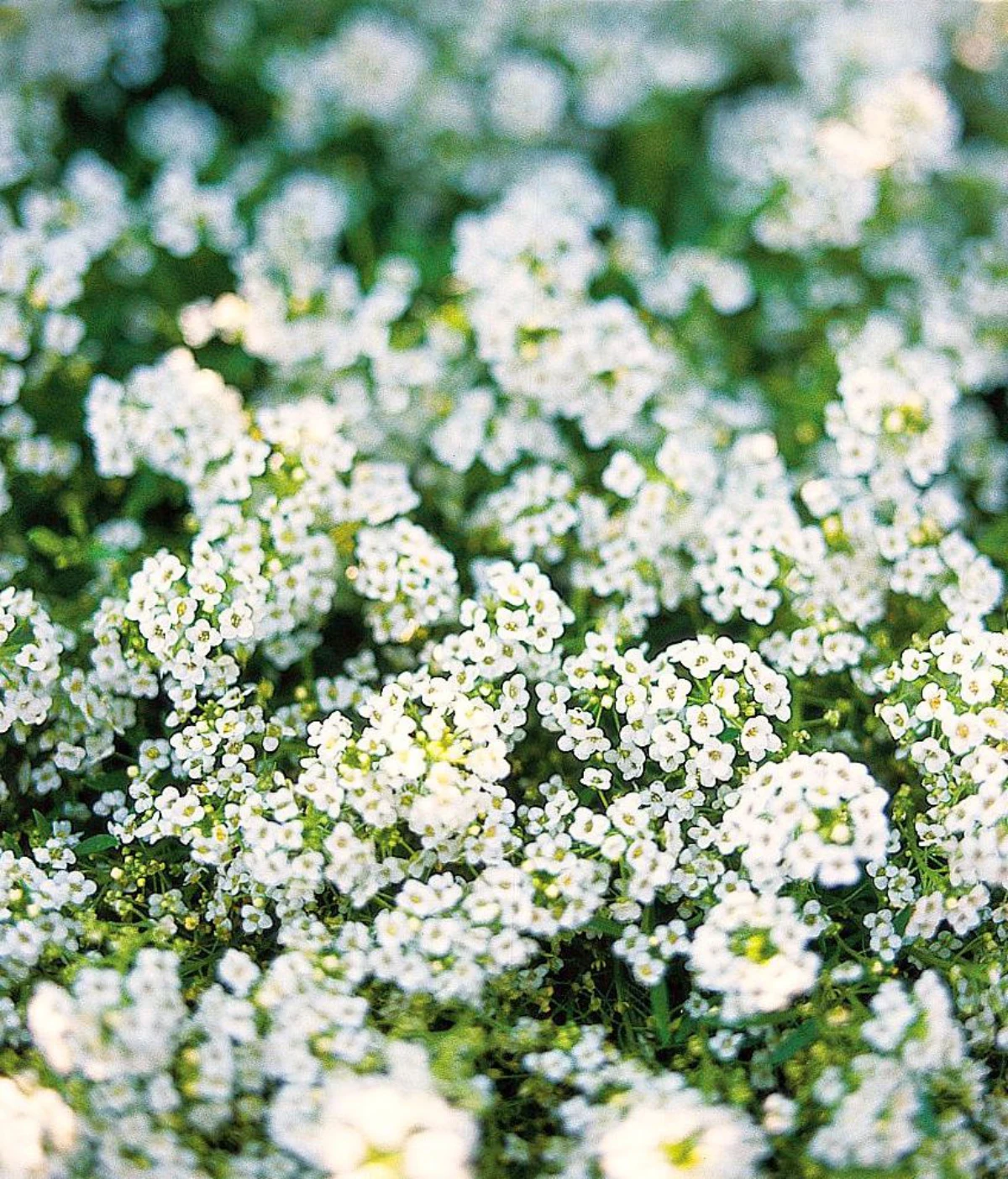
Plant Profiles: An Insider’s Guide
Okay, let’s get into the specifics. I’ve grown and worked with all of these plants, so I know their quirks and what they need to thrive. These are the workhorses of my moon garden designs.
1. Moonflower
This is the undisputed star of the show. The blooms are huge, pure white, and trumpet-shaped. They unfurl dramatically at dusk—sometimes so fast you can actually watch it happen. It’s a real event.
- Needs & Cost: It’s a fast-growing annual vine in most places (it’s a perennial in super warm climates, like USDA Zones 10-12). Give it at least 6 hours of direct sun and a sturdy trellis. A packet of seeds will only set you back about $4. From seed, expect to wait about 10-12 weeks for your first blooms.
- Pro Tip: The seeds have a rock-hard coating. To speed up germination, you have to scarify them (which just means nicking the hard outer shell). I gently use a nail file to rough up a spot, then soak them in warm water overnight before planting. It makes a huge difference.
2. Night-Blooming Jasmine
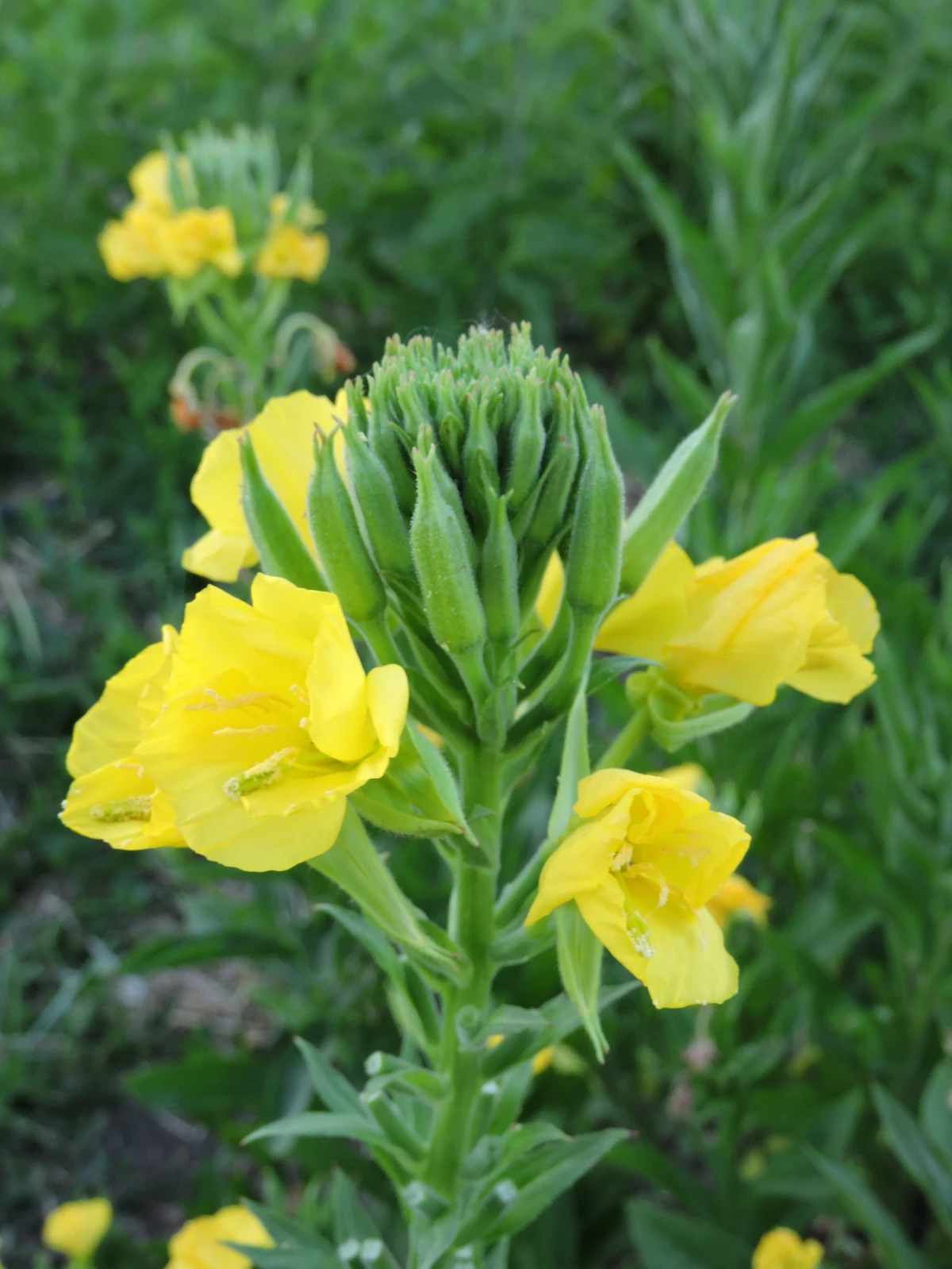
Quick clarification: this isn’t a true jasmine. Its power is its fragrance. And let me tell you, it is INTENSE. A single plant can perfume an entire backyard, so a little goes a long way.
- Needs & Cost: This is an evergreen shrub (hardy in Zones 8-11). In colder zones, grow it in a big pot you can bring inside for the winter. It needs full sun and you should water it whenever the top inch of soil feels dry. A small plant from a nursery will cost around $15 – $25.
- Heads Up! TOXICITY & INVASIVENESS: All parts of this plant are toxic if eaten, so this is NOT a good choice for gardens with curious pets or small children. Also, in warm, humid climates, it can be invasive. It’s always a good idea to check your local extension office before planting. Keeping it in a container is the safest bet all around.
3. Evening Primrose
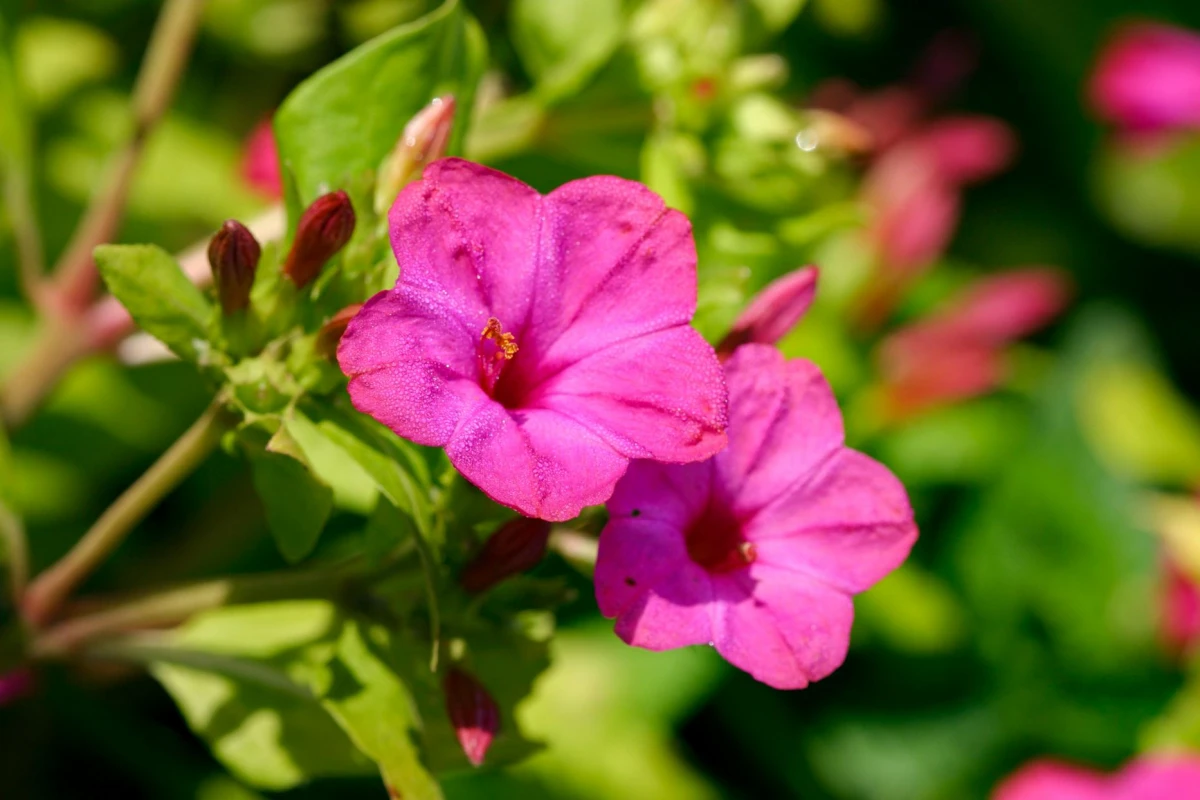
This plant brings a lovely, soft yellow glow to the evening garden. The flowers pop open in the late afternoon and attract huge, beautiful moths all night.
- Needs & Cost: This is a biennial, meaning it grows a leafy rosette the first year and then sends up a flower stalk the second year. It loves poor, dry soil and full sun. It’s tough as nails. You can often get seeds for free from a friend or buy a pack for about $3.
- Pro Tip: This plant self-seeds like crazy. In a casual, cottage-style garden, this is great! But if you want to keep it contained, you have to be diligent about deadheading (just pinching or cutting off the spent flowers before they turn to seed).
4. Four O’Clocks
An old-fashioned classic for a reason! They’re tough, easy, and the trumpet-shaped flowers open in the late afternoon, releasing a lovely spicy-sweet scent. The coolest part? A single plant can have flowers of different colors—pink, yellow, white, even mottled.
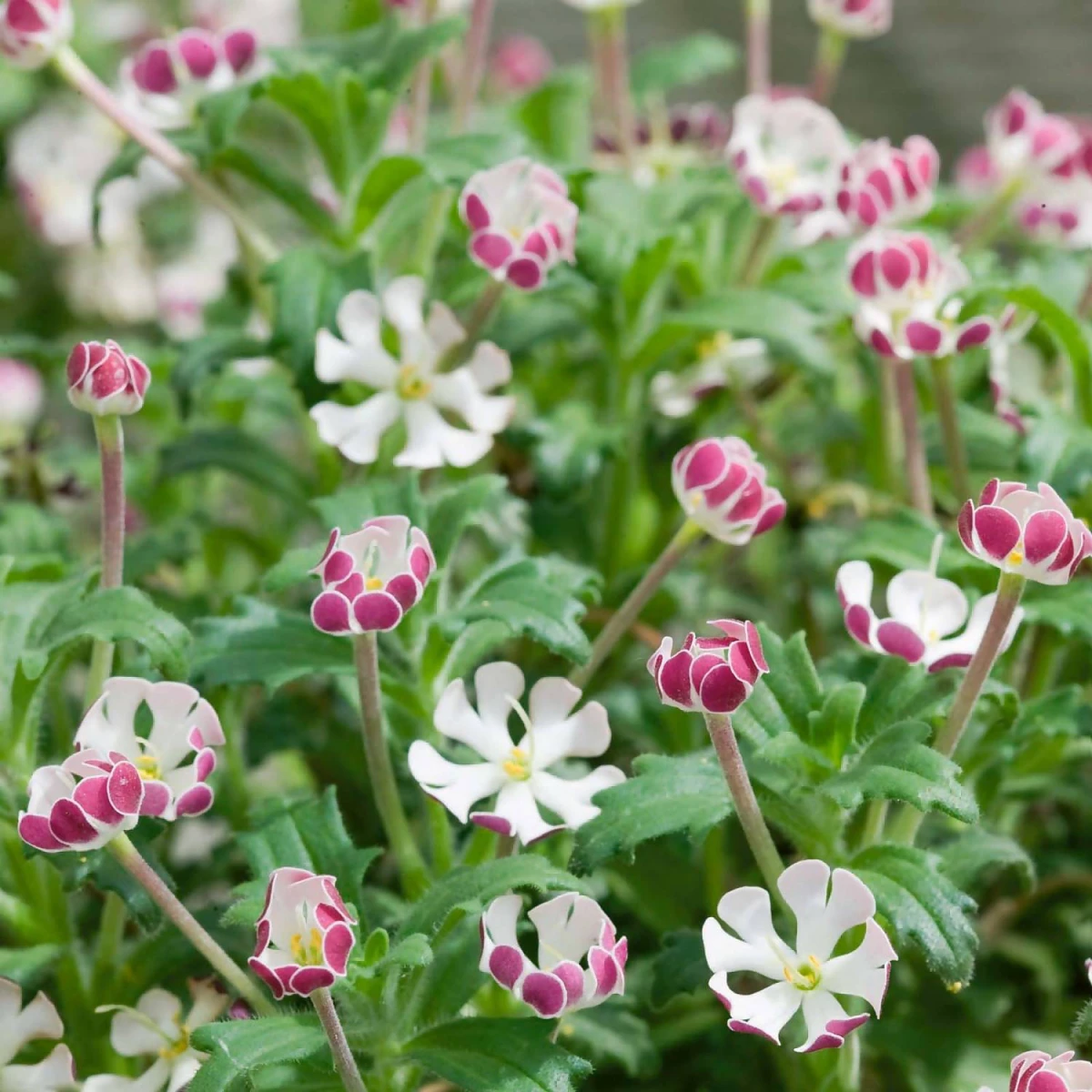
- Needs & Cost: They grow into bushy plants about 2-3 feet tall and form big tuberous roots. Seeds are very cheap, maybe $3 a pack. In zones colder than 7, you can dig up the tubers after the first frost and store them in a cool, dark place (like a basement) packed in sawdust to replant next spring.
- Heads Up! TOXICITY: The seeds are poisonous if eaten, so be careful with this one around kids.
5. Flowering Tobacco
This is a fantastic choice for adding height and a heavenly, jasmine-like scent. Its tall, airy structure means you can weave it through other plants without it feeling crowded.
- Needs & Cost: It likes rich, moist soil and full sun. A starter plant will run you about $5-8. By the way, some modern versions have been bred for daytime blooms and less scent, so make sure you’re getting an old-fashioned, fragrant variety for a night garden.
- Heads Up! TOXICITY: Like its commercial relatives, all parts of this plant are poisonous due to nicotine. It must be kept away from children and pets.
Common Mistakes to Avoid (I’ve Seen Them All!)
You can save yourself a lot of headache by sidestepping these common pitfalls.
- Planting Too Far Away: The number one error. If you can’t smell or see it from your favorite chair, what’s the point?
- Using Harsh Lighting: Blasting your yard with bright, cool-white floodlights kills the mood and your night vision instantly. Think soft, warm, and subtle.
- Forgetting About Foliage: Flowers are fleeting. Silvery foliage from plants like Lamb’s Ear gives you that beautiful moonlight glow from spring until frost.
- Ignoring Toxicity Warnings: This is serious. If you have kids or pets that chew on things, you MUST avoid toxic plants or put them somewhere completely inaccessible. Your peace of mind is worth it.
- Being Impatient: A garden takes time. The first year, plants are just getting settled. The real show usually starts in year two or three. It’s a marathon, not a sprint.
Creating a garden for the night is one of the most rewarding projects you can take on. It completely changes how you see your outdoor space, turning it from a place of work into a sanctuary for rest and sensory delight. The real success isn’t just in the glowing flowers or the amazing scents. It’s that quiet moment of satisfaction when you step outside after a long day into a space you created… a space that comes alive just for you.
Inspirational Gallery
The essential rule: Enhance, don’t overwhelm. The goal of moon garden lighting is to mimic and amplify natural moonlight, not to replicate daylight. Use low-voltage, shielded spotlights pointed downwards (downlighting) to illuminate paths, or aim them upwards to graze the trunk of a birch tree. Brands like Volt or Kichler offer warm-toned LED fixtures that prevent the harsh, blue glare that ruins the nighttime magic.
- Incorporate pale hardscaping. Light-colored flagstone or white marble chips will catch and reflect even the faintest moonlight, creating natural, glowing pathways.
- Add a still water feature. A simple, dark-lined bowl of water acts as a perfect mirror for the moon and stars, adding a touch of profound calm.
- Choose furniture wisely. A bench made of light-colored wood or painted a silvery-grey will stand out as an inviting destination in the dark.
The human eye’s rod cells, which we use for night vision, can’t perceive color well, but they are exceptionally sensitive to contrast and movement.
This is why form and texture are just as important as pale flowers. Incorporate plants with dramatic silhouettes, like the spiky Yucca, or finely textured ornamental grasses that will sway and dance in the slightest breeze, creating a living, dynamic scene your eyes can easily appreciate in low light.
What’s the easiest way to add vertical interest that glows?
A climbing Hydrangea (Hydrangea anomala subsp. petiolaris). It’s a self-clinging vine that needs little help to scale a wall or fence. In early summer, it’s covered in huge, lacy white flowerheads that look like floating doilies in the dusk. Even after the flowers fade, its structure provides interesting shadow play against a wall throughout the year.
For a truly immersive experience, think about the garden’s soundscape. The whispery rustle of Mexican Feather Grass (Nassella tenuissima) or the architectural seed heads of *Calamagrostis* ‘Karl Foerster’ create a gentle, living sound. In the stillness of the evening, these subtle noises are amplified, making the garden feel alive.
Scented Geraniums (Pelargoniums): Often grown for their fragrant leaves, some varieties are perfect for containers on a moonlit patio. The ‘Attar of Roses’ variety releases its scent when brushed against.
Night Phlox (Zaluzianskya capensis): These small, unassuming flowers pack an incredible fragrance punch in the evening, smelling of honey and vanilla. They are modest during the day but become superstars after sunset.
Tuck these into pots near seating areas for a delightful surprise.
- A shimmering, weed-suppressing carpet that glows under the moon.
- A low-maintenance filler that thrives in difficult, dry spots.
- A soft texture that invites touch and contrasts beautifully with stone or wood.
The secret? Lamb’s Ear (Stachys byzantina). Its thick, fuzzy, silver-white leaves are a must-have for any moon garden, providing light and texture from spring until the first frost.
Don’t underestimate the power of a white-painted backdrop. A simple wooden fence, a trellis, or even a large obelisk painted with a high-quality outdoor white paint (like Benjamin Moore’s Aura Exterior) will act as a canvas. It will bounce back ambient light and make the white flowers and silver foliage planted in front of it appear even more brilliant.
A perfect moon garden duo combines scent and sight. Try planting a backdrop of tall Woodland Tobacco (Nicotiana sylvestris), whose drooping white trumpets release a powerful, sweet fragrance at night.
- In front of it, place a drift of ‘Iceberg’ alley catmint (Nepeta x ‘Iceberg’).
- This variety has pale, almost white flower spikes that bloom for months and silvery-grey foliage, creating a luminous, cool-toned carpet beneath the fragrant Nicotiana.










